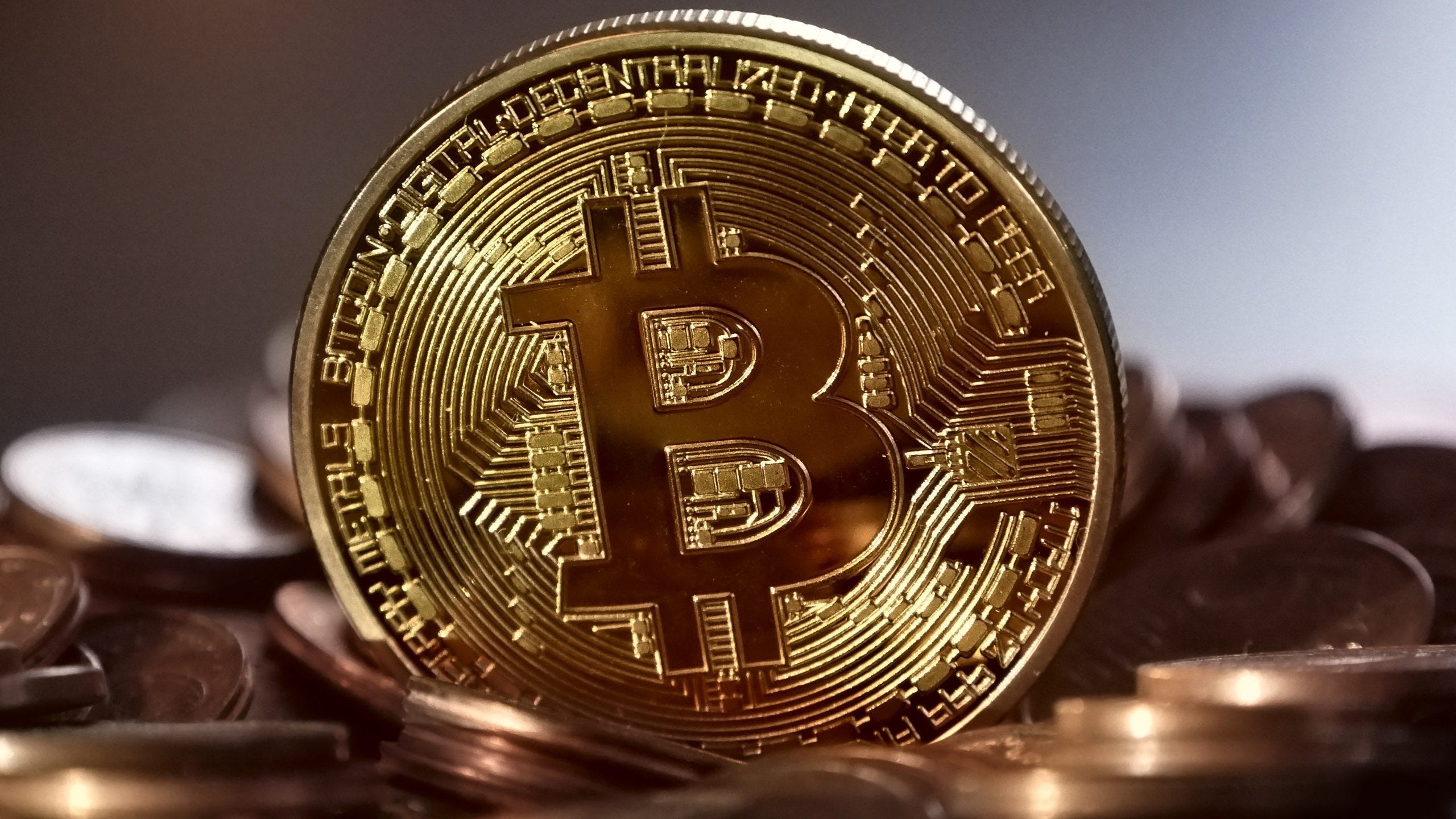It took two economists one three-course meal and two bottles of wine to calculate the fair value of one Bitcoin: $200.
It took an extra day for them to realize they were one decimal place out: $20, they decided, was the right price for a virtual currency that was worth $1,200 a year ago, flirted with $20,000 in December, and is still around $8,000. Setting aside the fortunes lost on it this year, Bitcoin, by their calculation, is still overvalued, to the tune of about 40,000 percent. The pair named this the Côtes du Rhône theory, after the wine they were drinking.
“It’s how we get our best ideas. It’s the lubricant,” says Savvas Savouri, a partner at a London hedge fund who shared drinking and thinking duties that night with Richard Jackman, professor emeritus at the London School of Economics. Their quest is one shared by the legions of traders, techies, online scribblers, and gamblers and grifters mesmerized by Bitcoin. What’s the value of a cryptocurrency made of code with no country enforcing it, no central bank controlling it, and few places to spend it? Is it $2, $20,000, or $2 million? Can one try to grasp at rational analysis, or is this just the madness of crowds?
Answering this question isn’t easy: Buying Bitcoin won’t net you any cash flows, or any ownership of the blockchain technology underpinning it, or really anything much at all beyond the ability to spend or save it. Maybe that’s why Warren Buffett once said the idea that Bitcoin had “huge intrinsic value” was a “joke”—there’s no earnings potential that can be used to estimate its value. But with $2 billion pumped into cryptocurrency hedge funds last year, there’s a lot of money betting the punchline is something other than zero. If Bitcoin is a currency, and currencies have value, surely some kind of stab—even in the dark—should be made at gauging its worth.
Writing on a tablecloth, Jackman and Savouri turned to the quantity theory of money. Formalized by Irving Fisher in 1911, with origins that go back to Copernicus’s work on the effects of debasing coinage, the theory holds that the price of money is linked to its supply and how often it’s used.
Here’s how it works. By knowing a money’s total supply, its velocity—the rate at which people use each coin—and the amount of goods and services on which it’s spent, you should be able to calculate price. Estimating Bitcoin’s supply at about 15 million coins (it’s currently a bit more), and assuming each one is used an average of about four times a year, led Jackman and Savouri to calculate that 60 million Bitcoin payments were supporting their assumed $1.2 billion worth of total U.S. dollar-denominated purchases. Using the theory popularized by Fisher and his followers, you can—simplifying things somewhat—divide the $1.2 billion by the 60 million Bitcoin payments to get the price of Bitcoin in dollars. That’s $20.


 العربية
العربية English
English España
España Dutch
Dutch Hebrew
Hebrew German
German Korean
Korean Japanese
Japanese Portuguese
Portuguese Русский
Русский Turkish
Turkish Vietnamese
Vietnamese Traditional
Traditional Simplified
Simplified